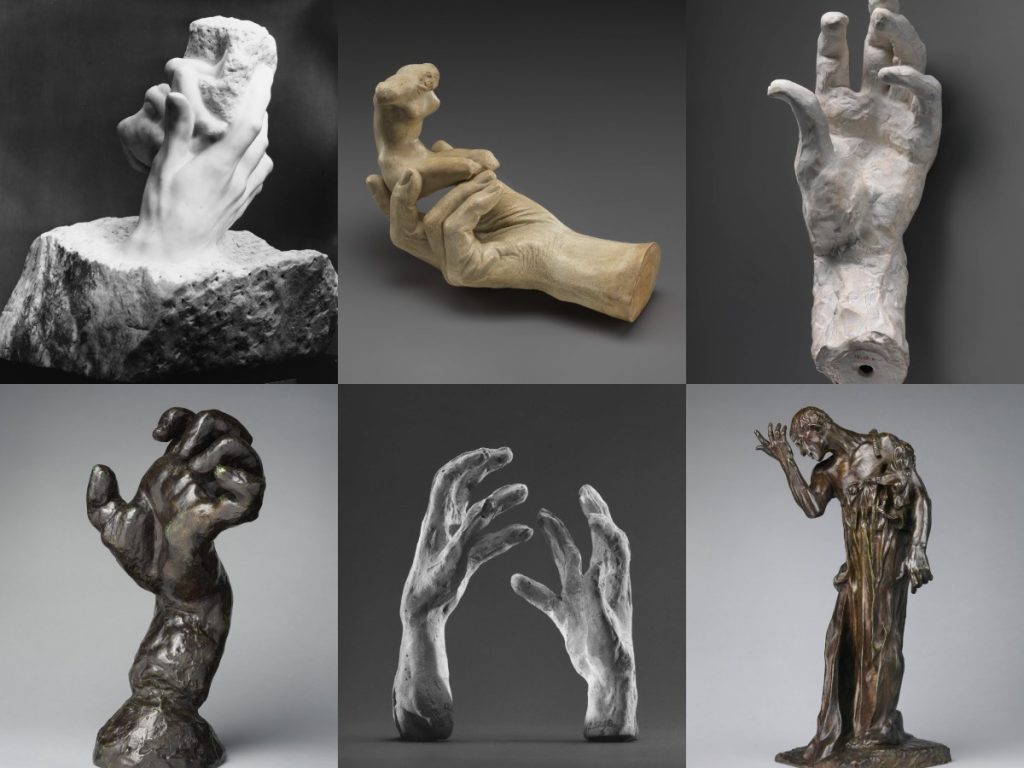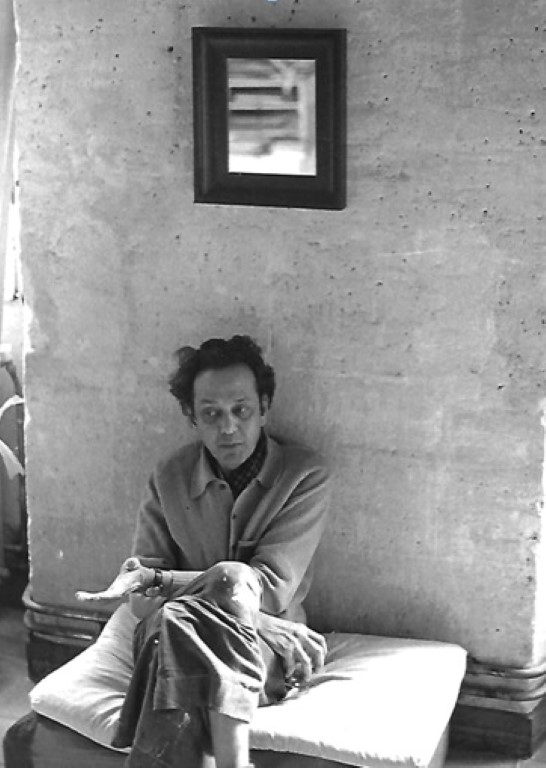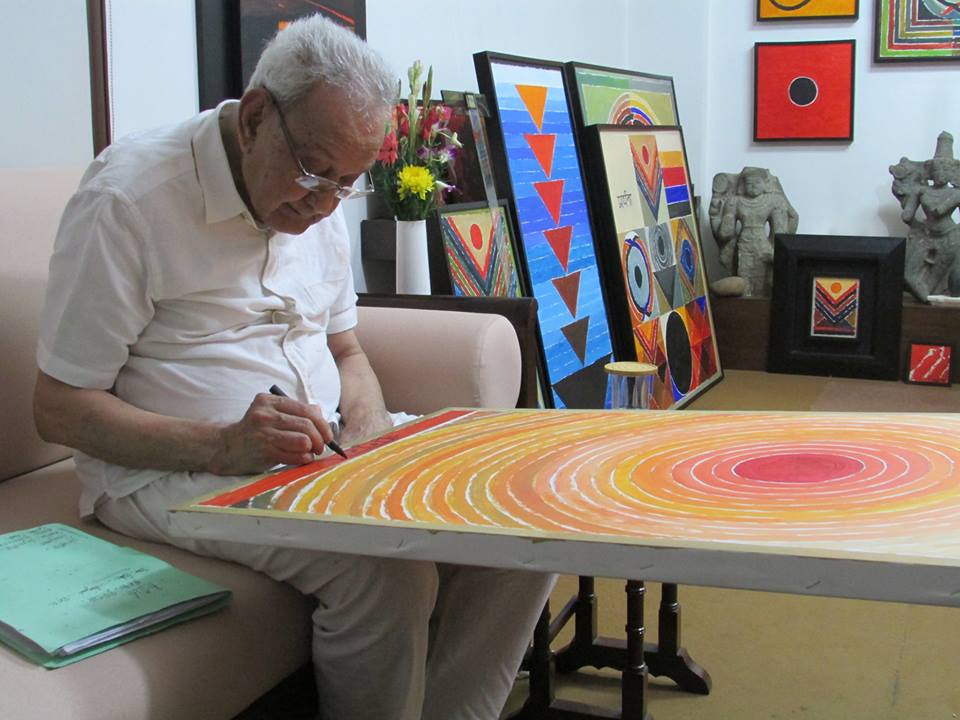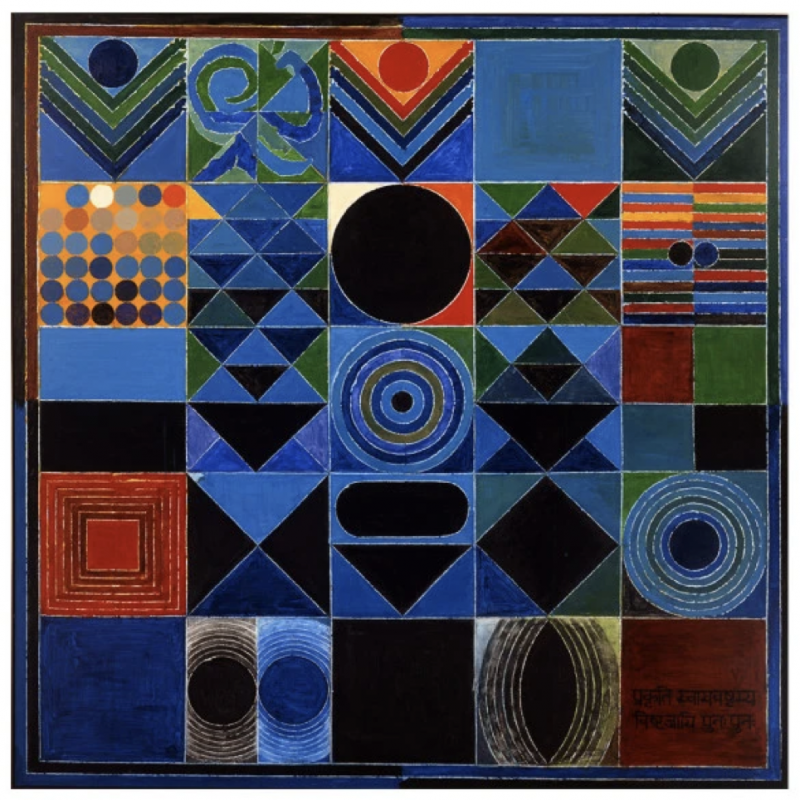Iftikar Ahmed
Auguste Rodin, the renowned sculptor, delved into the expressive potential of the human figure, emphasising what he called the “body gesture.” According to Rodin, it was not just the face that conveyed thoughts and emotions; rather, various body parts such as hands, arms, and torsos could encapsulate the essence of feeling.
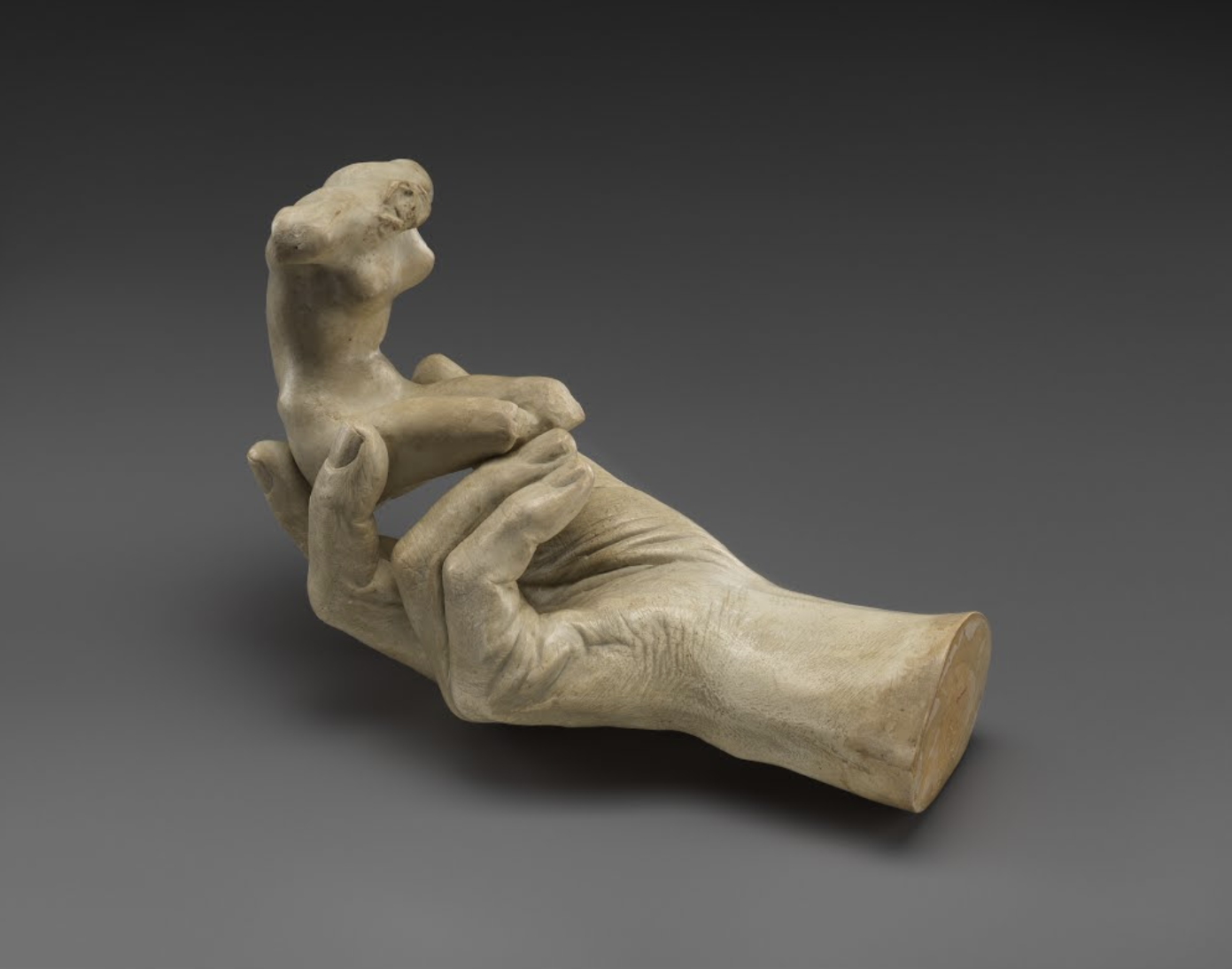
Amongst the many aspects that captivated Rodin, hands held a particular fascination. He believed that hands possessed the ability to communicate as strongly as the human face, often portraying them in gestures of anguish or capturing their vibrant vitality in small studies. For Rodin, a hand could embody a sense of powerlessness and despair as compellingly as the human visage.
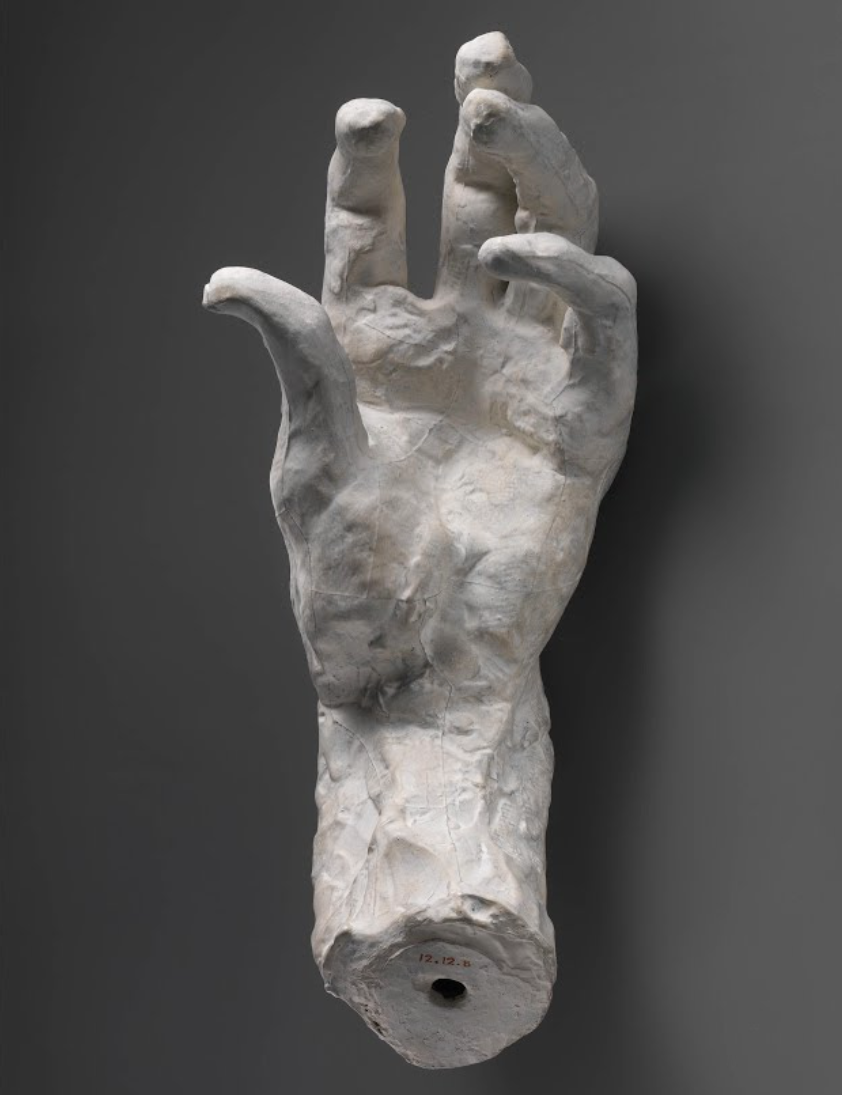
Courtesy: The Metropolitan Museum of Art
One such exemplar is a hand cast from a full-scale study for the renowned sculpture “The Burghers of Calais.” The fingers and palm appear suspended in mid-movement, evoking the intricate emotional complexities of the entire sculpture. This emphatically modeled and dramatically gesturing hand epitomises the essence of helpless despair.
In another intriguing work, Rodin presents Adam and Eve as evolving figures, cradled delicately in the broad hand of God. This sculpture conveys the notion of creation, sheltering, and protection all at once. It can be interpreted as God’s hand supporting Adam and Eve, yet simultaneously representing the artist’s hand holding an unfinished work. Rodin skillfully equates the generative hand of God with the ingenious hand of the sculptor, blurring the lines between the divine and the artistic.
Although this specific hand was not directly sculpted by Rodin himself, it pays tribute to his artistic genius. Crafted by Rodin’s assistant, Paul Cruet, the hand was created shortly before Rodin’s death. Cruet took a cast of his master’s hand and combined it with one of Rodin’s sculptures depicting a small female torso. Through this synthesis, the hand serves as a testament to Rodin’s brilliance and artistic legacy.
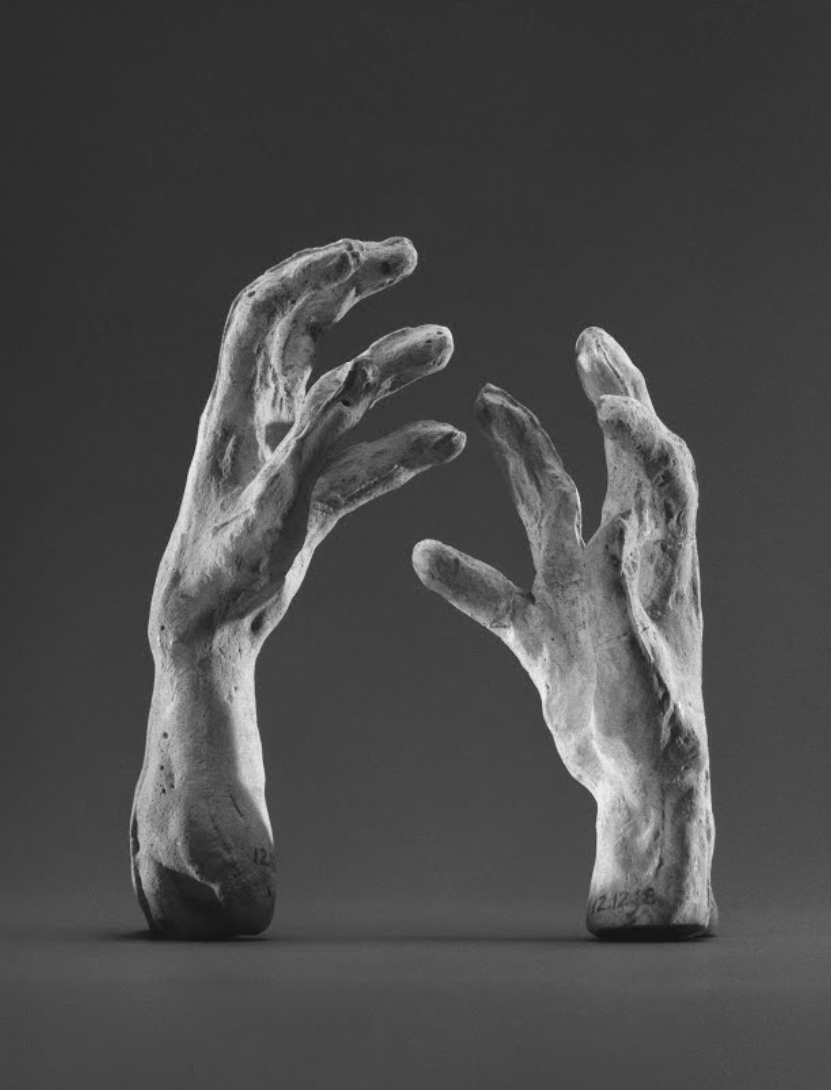
Rodin’s exploration of the expressive potential of the human form, particularly the captivating gestures of hands, continues to captivate art enthusiasts and scholars alike. His ability to convey profound emotions through sculptural fragments remains a testament to his artistic vision and mastery.
In commemorating Rodin’s enduring legacy, we celebrate his profound understanding of the human form’s expressive power. Through his evocative sculptures and emphasis on the gesture of hands, Rodin has left an indelible mark on the art world, reminding us of the nuanced ways in which art can capture the depths of human experience.
Check it on Google arts and Culture here

